
Editor's Note: This story originally appeared on Living on the Cheap.
It’s a common misconception that eating healthy is expensive. That’s not true.
Sure, you can spend a lot on fancy health foods, but it’s not necessary. Many low-cost foods are also good for you.
A healthy diet is made up of a variety of fruits, veggies, whole grains, lean proteins and healthy fats. Fortunately, you can find all of them at an affordable price. There’s no need to spend a fortune to eat healthy.
When I joined thousands of registered dietitians at the annual meeting of the Academy of Nutrition and Dietetics, my favorite part was the exhibit hall full of food companies anxious to hawk their wares. My mission: Seek out foods that could be part of a delicious, nutritious and affordable eating plan.
What I found were tons of cheap, healthy food that will give you varied menus and not cost a fortune.
Your road to a well-balanced diet starts with these ingredients that are among the best foods to eat on a budget.
1. Canned peaches
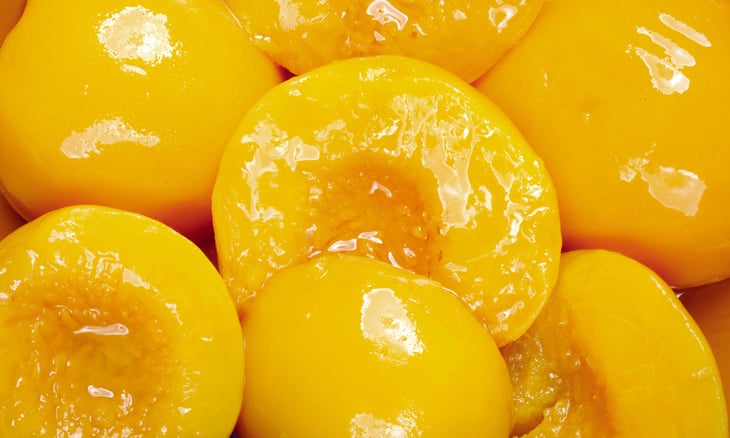
Almost any canned fruits and veggies are cheap and healthy. Canned produce is often looked down upon as not as good as fresh. But, typically these foods are canned immediately after picking and therefore are preserved at their peak of both freshness and nutrition.
Compare that to a fresh peach picked in Georgia, stored for a day, loaded into a refrigerated truck, driven across the country for three days and displayed at your grocery store for a day before making its way into your house — where it still may wait a day or two before being eaten.
There’s nothing wrong with fresh produce. It’s fantastic. But, it can be expensive, especially out of season.
To avoid excess added sugar, choose fruit canned in water or juice versus syrup.
2. Applesauce
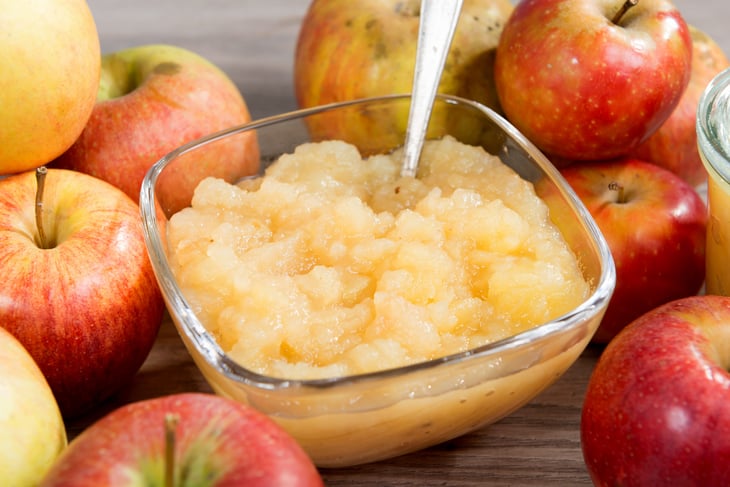
Applesauce is so versatile, and it’s good for you. Phytonutrients in apples support heart health, and applesauce is a source of Vitamin C and fiber.
Eat as is or create yummy recipes using applesauce in place of oils or other ingredients. Look for jars with no added sugar.
3. Corn oil
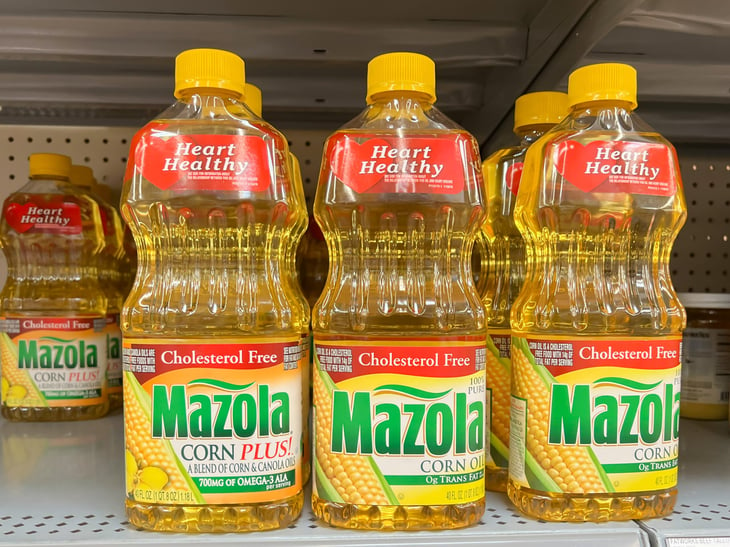
For years, we’ve heard about the benefits of olive oil. Its type of fat is actually good for our hearts.
The more affordable canola oil has always been a close second. So I have to admit that I was surprised to learn that new research showed using corn oil versus olive oil resulted in a 7% greater reduction in LDL (or bad) cholesterol and about a 6% greater reduction in total cholesterol.
This is not only exciting information for health-conscious consumers, but for budget-conscious ones, too.
Corn oil usually costs about 13 or 14 cents per ounce, compared with 31 to 59 cents per ounce for olive oil. You can use corn oil in any recipe calling for canola, vegetable or olive oil, but if you’re looking to try something new, check out these recipes from Mazola.
4. Pasta
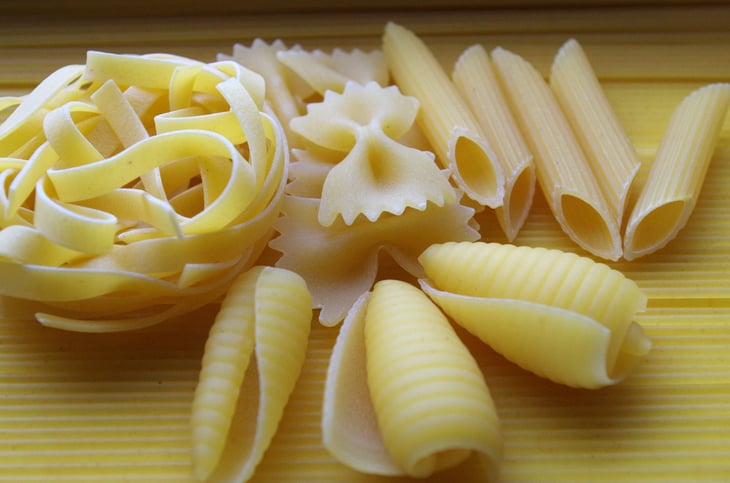
When it comes to meal-building, one of the cheapest foods to buy is pasta. When it’s on sale for $1 or less per box, I stock up. Not only do I score a good deal, but I’m filling my pantry with quick, easy and healthy meal staples.
A 1-pound box of pasta can feed four to eight people.
Pasta is a great source of healthy carbohydrates that can provide essential nutrients and energy.
To boost the health quotient even more, choose whole grain pasta. It’s not quite as cheap as regular, but still a great deal. If your family isn’t too keen on the difference in texture, try cooking it a little longer or mixing half and half with regular pasta.
The Wheat Foods Council has delicious recipes for pasta and a variety of other wheat-based foods. Or get a pasta machine and make your own pasta to save even more money.
5. Peanuts
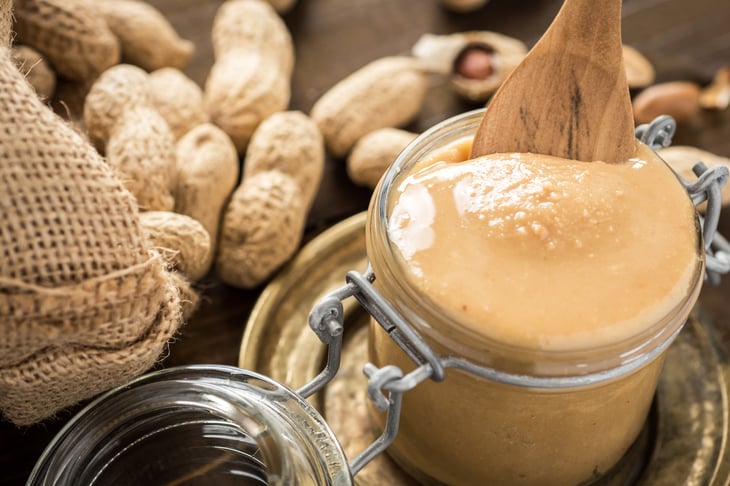
Nuts are a fantastic source of protein, healthy fats, vitamins and minerals, and peanuts are the cheapest of all the nuts. (Even if, technically, they’re legumes, not nuts.)
Peanuts can be mixed into oatmeal for breakfast, snacked on during the day, sprinkled on a salad, ground into a nut butter or made into a flavorful Thai peanut sauce for a yummy dinner.
Because they contain fat, peanuts can turn rancid over time. If you like to stock up on this low-cost food, consider storing some in the freezer.
If you need help thinking beyond peanut butter and jelly, you can find recipes on the Peanut Institute’s website.
6. Beans
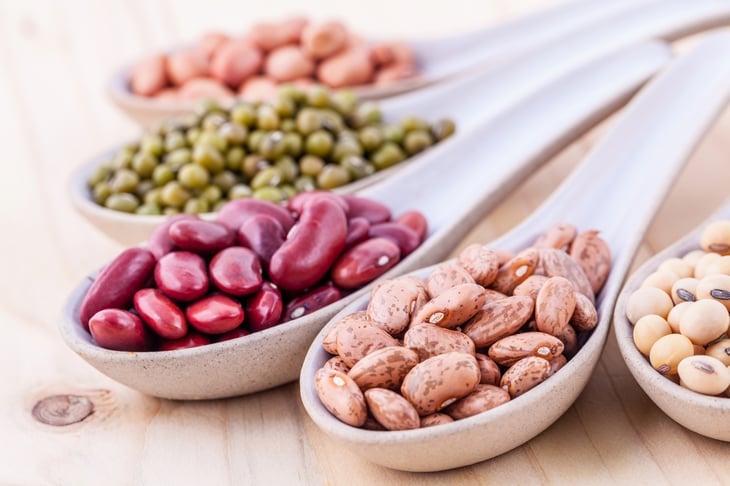
Dry or canned, beans are among the cheapest healthy foods you can buy. They are loaded with potassium, iron and zinc and are an easy source of protein if you are weaning yourself away from meat.
A can of chickpeas can be added to a vegetarian pasta meal, or spun into delicious hummus and served with vegetable sticks. Lentils just might help your heart by lowering LDL cholesterol and increasing the good HDL cholesterol. Kidney or navy beans are a great addition to chili.
Stock your pantry so you’re always ready to whip up a quick healthy meal on a budget.
7. Bananas
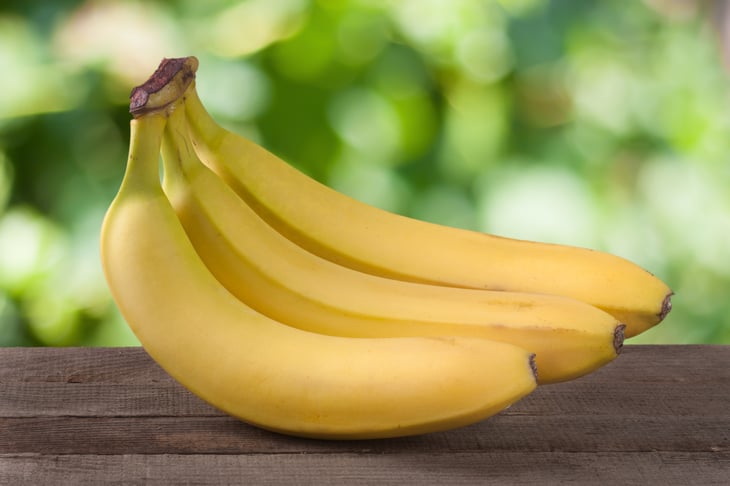
Bananas are inexpensive and come in their own package. They have potassium, manganese, Vitamin C and other minerals to help your overall health.
Bananas can be used in baking, as a fresh snack, frozen or used to thicken smoothies.
Have they turned brown? Don’t throw them out! Brown, mushy bananas are the sweetest and best to use in baked goods. Try some of these recipes to avoid waste.
8. Eggs
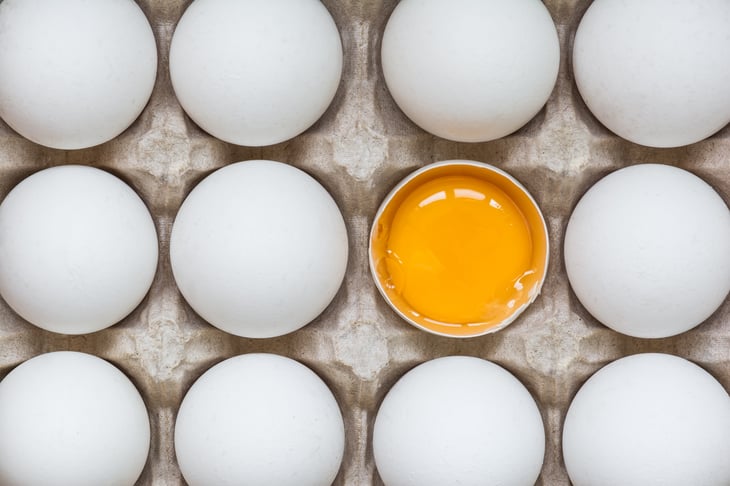
Eggs are yet another versatile, cheap and healthy food that gets protein into your meals. If you allow for two eggs per person, that’s about six meals per dozen.
The American Egg Board is a fantastic resource for all kinds of delicious recipes for breakfasts, lunches, dinners, desserts and snacks featuring eggs.
9. Canned tomatoes
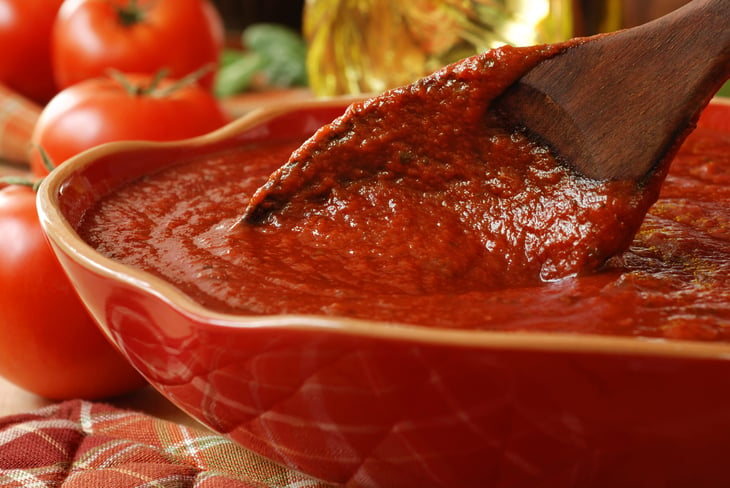
Much like other canned fruits and veggies, canned tomatoes are wonderfully affordable. I can often find a big 28-ounce can of crushed tomatoes for less than $2, using it for two batches of pizza sauce.
Canned tomatoes, whether crushed, diced, pureed, stewed or sauced, make a great base for countless meals. Plus, certain nutrients found in tomatoes are much more available to your body from canned than fresh tomatoes.
The Tomato Wellness Council has tons of ideas for what you can do with the various kinds of canned tomatoes.
10. Rice
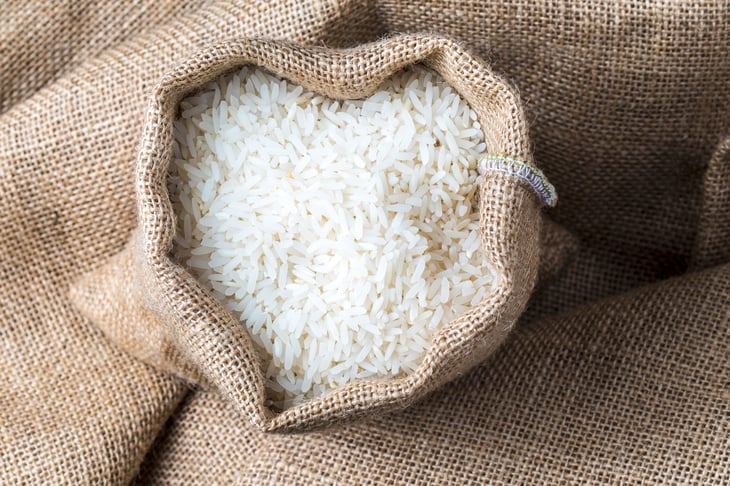
One of the best foods to eat on a budget is rice. It goes with nearly everything and can stretch a budget to the moon.
Just 1 cup of dry rice can feed a hungry family when it is stir-fried with a variety of vegetables, a handful of leftover chicken, some broth and an egg or two. Use leftover rice to make pudding, or try it for breakfast instead of cereal (add milk and sugar).
Bon Appetit gives you a head start on recipes. Buy rice in bulk and store in a lock-tight container.
11. Winter squash
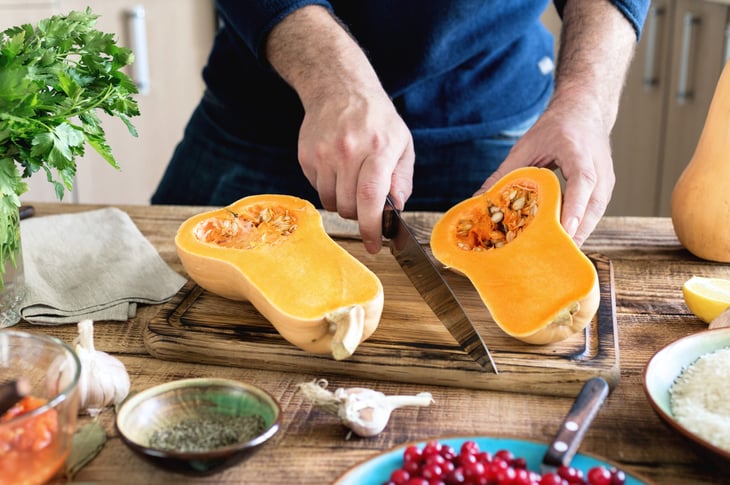
Buy when squash in the fall and winter when it’s cheap, and it will keep for several months.
The taste sweetens with age after harvest, and it still packs a tremendous punch with lots of vitamins and minerals.
The different types of winter squash — such as butternut, acorn, spaghetti and pumpkin — are filling and diverse in their uses. Better yet, they’re cheap and healthy.
Cut for fries, slice in half and roast, fill with nuts or stuffing, puree for a mash or soup or make a sweet pie. Here are some great recipes to try if you are a squash newbie.
12. Frozen veggies
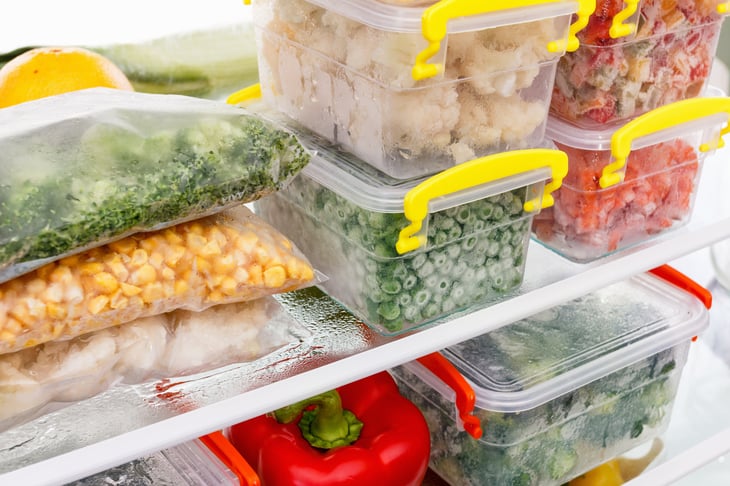
Looking for foods that cost less than $1? You can typically find a pound of frozen veggies for a dollar or less.
Not only are they cheap, but they’re good for you, too.
Frozen vegetables are sent into the deep freeze as soon as possible after harvest. That means they maintain their nutrient content and freshness. That’s especially beneficial when certain vegetables are out of season.
Frozen vegetables are nice to have around, so you can throw together a healthy, balanced and quick meal. Choose those that are frozen without sauces to avoid extra calories, salt and fat.
Frozen vegetables can simply be heated up and served as a side dish, but they can also be stirred into casseroles, soups, stews and more.





Add a Comment
Our Policy: We welcome relevant and respectful comments in order to foster healthy and informative discussions. All other comments may be removed. Comments with links are automatically held for moderation.